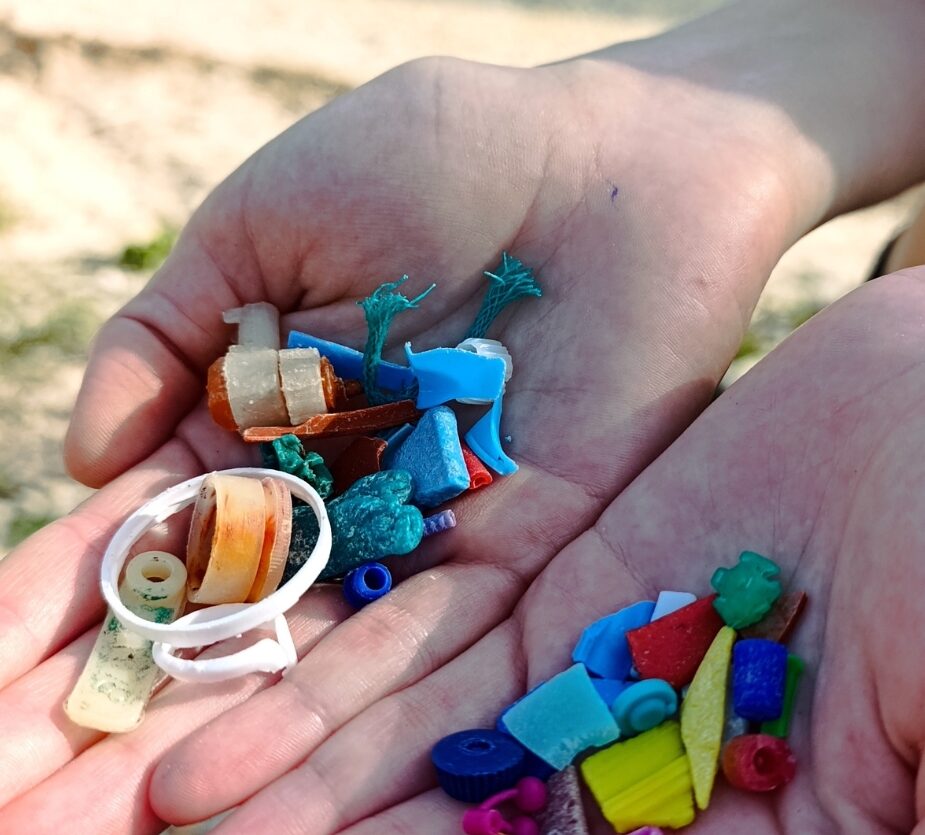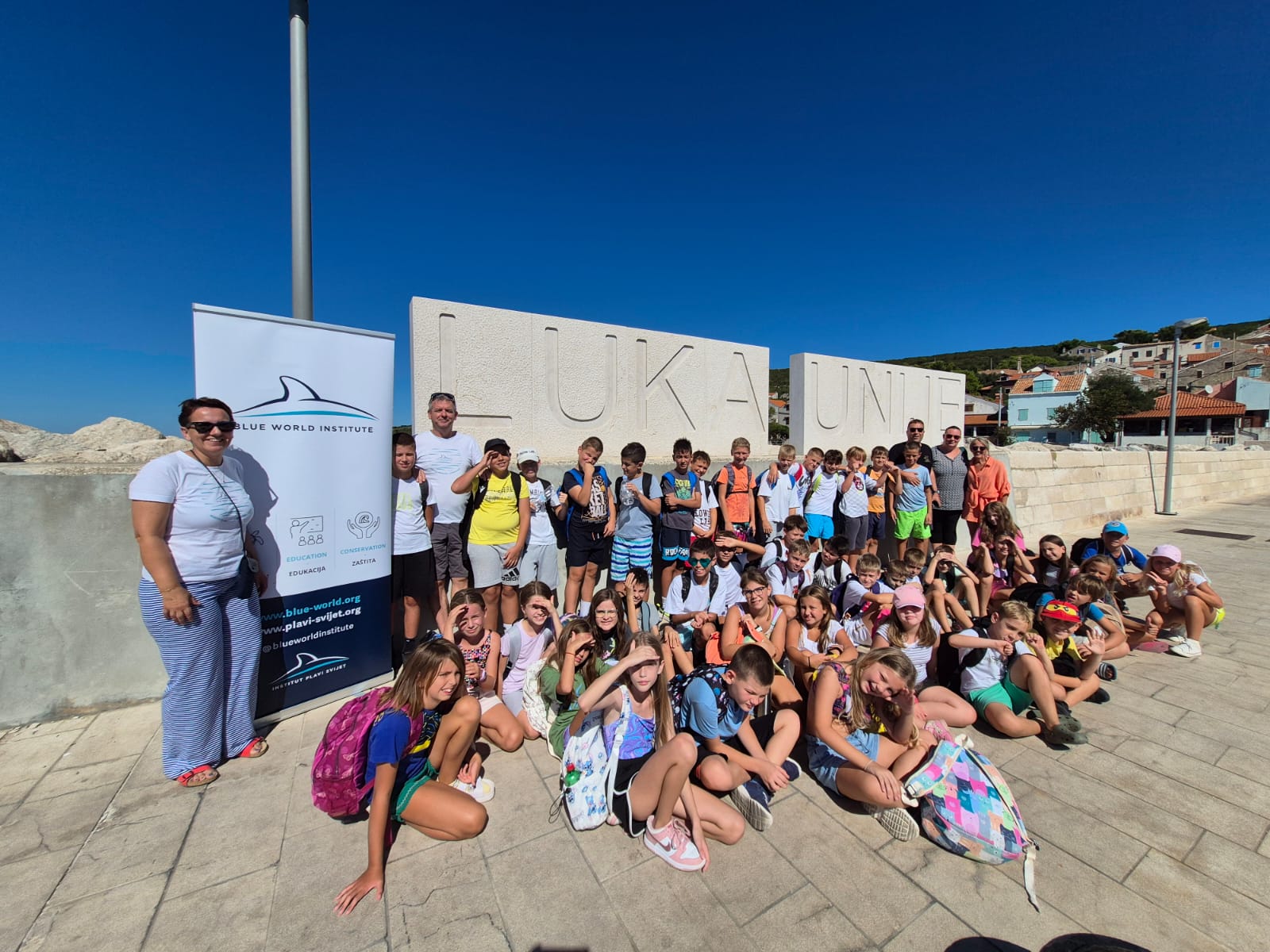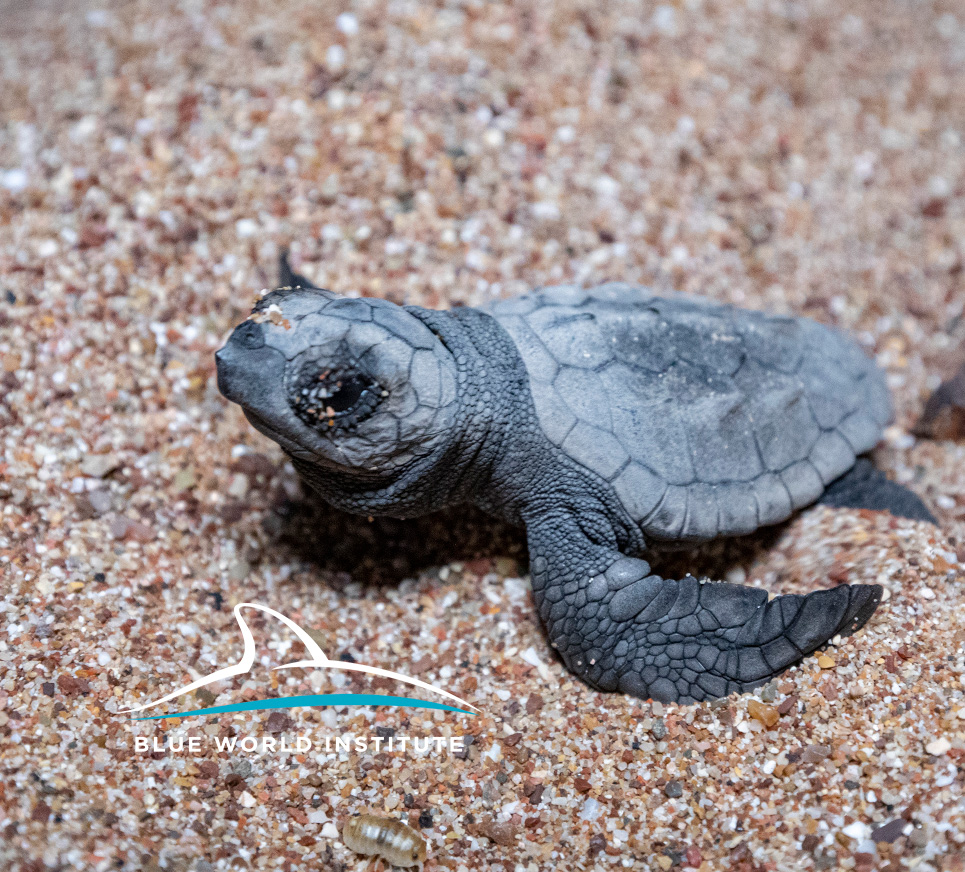
International Coastal Cleanup 2025
This year, with the support of the Ocean Conservancy, the...
11.09.2025
In recent days, the public has been reacting to the news of a young Risso’s dolphin (Grampus griseus) that appeared in Ubli Bay on the island of Lastovo on 3 September. Alongside the sighting itself, numerous unverified reports and lay interpretations of the animal’s behaviour have circulated, causing distress, particularly among Lastovo’s residents and visitors who observed the animal in agony for several days.
We would like to thank everyone who expressed concern and sent us reports, videos and photos of this dolphin. As an organisation, we operate exclusively on the basis of verified information and within established collaborations and protocols, so your contributions are crucial to our work. As dolphins are strictly protected by law, we only carry out actions under permits issued by the Ministry of the Environment. This includes implementing the Protocol for Reporting and Acting in Cases of Dead, Sick or Injured Strictly Protected Marine Animals.
The first reports we received clearly indicated a young Risso’s dolphin in a life-threatening condition with injuries of unknown origin. Young dolphins, including Risso’s dolphins, depend entirely on their mothers during their early years—for nursing, protection, learning to hunt and integrating into the community. Calves, especially during their first year, swim and dive almost constantly alongside their mothers. They only begin to separate briefly in their second year, but they still remain in the same group. Even after they are weaned, they continue to stay with their mothers, usually becoming independent after three to five years. The calf observed near Lastovo was estimated to be less than one year old. Risso’s dolphins in the Adriatic inhabit the southern Adriatic’s offshore waters exclusively, so it is unlikely that this calf was temporarily separated from its mother or that a group of Risso’s dolphins was nearby. Given its age, this calf was incapable of hunting independently or surviving without its mother.
From the materials we received, we could confirm a superficial injury to the dolphin’s body and fin, although its origin was unknown. After consulting with colleagues, we concluded that the injury itself was not fatal. However, the calf was malnourished, suggesting that it had been separated from its mother for a prolonged period. Given its age, its inability to catch prey, its exhaustion and its starvation, it was likely in agony. Its behaviour (inability to maintain balance, floating motionless on its side, slow circling and lifting its head to breathe) also indicated severe health problems. In this situation, capturing the dolphin and relocating it to the open sea or a rehabilitation facility was not considered appropriate. Croatia lacks the technical capacity to care for dolphins in captivity, and the likelihood of its recovery and return to the wild was negligible. Such an intervention would certainly have caused further suffering. After evaluating all available data and consulting experts (veterinarians and biologists) from several European countries (Greece, Italy and the UK), we recommended euthanasia as the only humane option.
After spending three days near the coast, the dolphin somehow managed to swim out of the bay and head towards the open sea. Despite unverified claims that it had ‘jumped and swum away’ after being ‘freed from a fishing line and hook’, footage published on 6 September showed the dolphin struggling to move, circling occasionally, and having difficulty breathing. Some people perceived this as the dolphin’s ‘victory’ and criticised experts who had warned of the animal’s suffering. At that point, it seemed that the case was closed.
Unfortunately, two days later, on 8 September, the dolphin reappeared on the opposite side of the Adriatic, near Giovinazzo, close to Bari in Italy. Aerial footage provided by the Cetacean Strandings Emergency Response Team (CERT) at the University of Padua in Italy clearly showed the young dolphin floating in exhaustion. It was severely emaciated with a visible loss of mass and a protruding spine. Injuries to its body and fin confirmed beyond doubt that this was the same dolphin that had previously been observed in Ubli Bay on Lastovo. Despite efforts to locate the distressed animal after the sighting, our Italian colleagues were unsuccessful, and its fate remains unknown but grim.
We understand that such cases can cause frustration and distress to the public. However, based on our own experience, as well as that of our colleagues across the Mediterranean and beyond, rescuing injured, sick or entangled dolphins is extremely difficult. A proper evaluation requires reason over emotion, and outcomes differ from case to case. Nevertheless, in all such situations, well-intentioned but unprofessional attempts to help should be avoided. Approaching or physically interacting with injured dolphins may cause additional stress, and the animal could react in a way that injures people or transmits disease.
We therefore urge you once again to report all sightings of live, injured or entangled dolphins by calling 112 or contacting the Blue World Institute on +385 51 604 666, info@plavi-svijet.org or via the free Marine Ranger app for Android and iOS (www.marine-ranger.org). Only with complete information and expert coordination can we provide assistance and keep the public properly informed.

This year, with the support of the Ocean Conservancy, the...

During the 2024/2025 school year, in partnership with the Mario...

The loggerhead sea turtle (Caretta caretta) is a cosmopolitan species...

At the initiative of the Blue World Institute, a meeting...